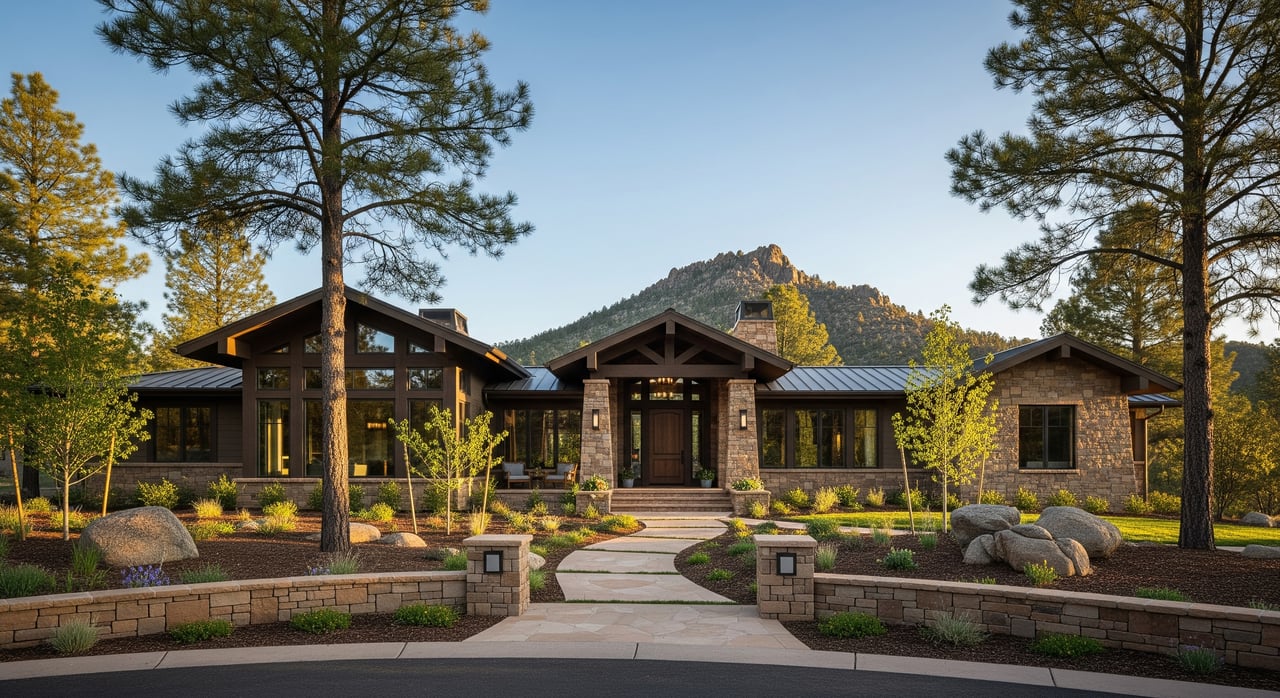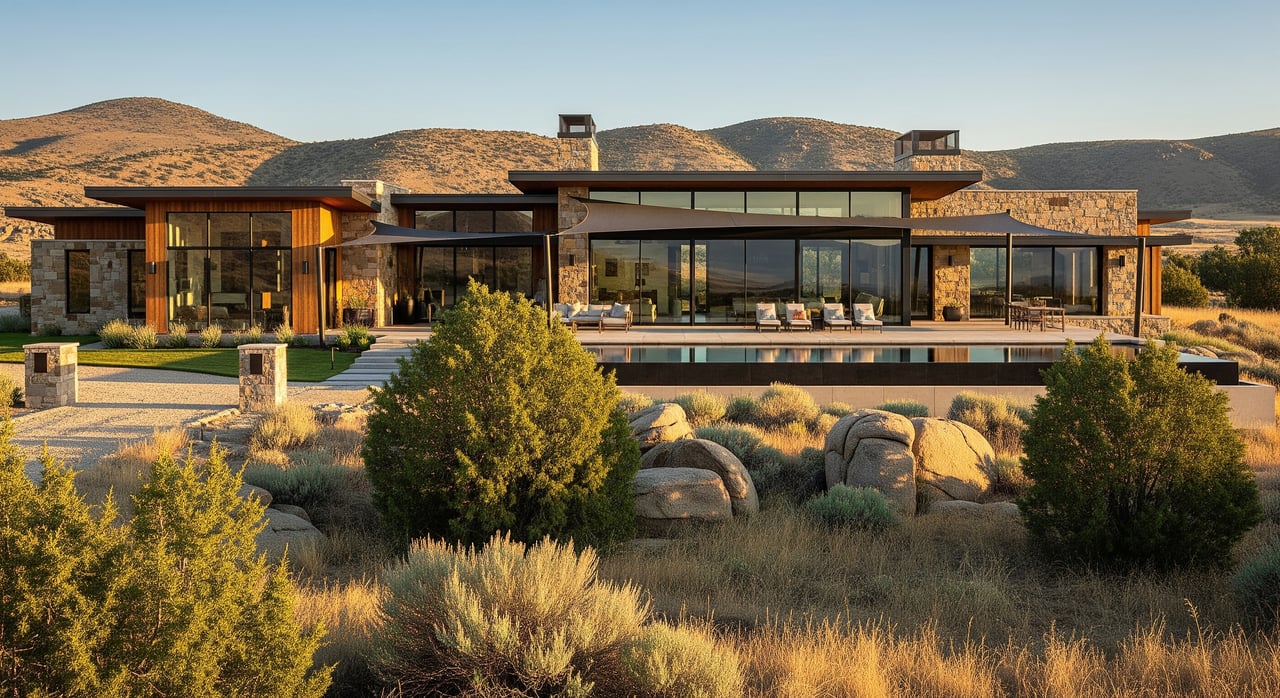In the charming city of Prescott, Arizona, the real estate market offers a unique blend of historical and modern properties, set against the backdrop of picturesque landscapes and a vibrant community culture. However, navigating the local zoning laws is essential for anyone looking to invest, develop, or modify properties in this region. Understanding these regulations can help maximize the potential of your real estate ventures while ensuring compliance with all municipal requirements.
Zoning Basics in Prescott
Prescott's zoning laws are designed to manage urban growth, preserve the community’s historical integrity, and maintain the quality of life for its residents. The city is divided into various zoning districts, each with specific regulations governing land use, building types, and other development standards. These districts include residential, commercial, industrial, and special-purpose zones, each tailored to support different aspects of community life and economic activity.
Residential Zones
Residential zones in Prescott are categorized based on the density and type of housing allowed. From single-family homes to multi-family complexes, the zoning regulations stipulate minimum lot sizes, building heights, and setback requirements, which are crucial for anyone planning to develop or renovate properties. For instance, the Multi-family Medium Density (MF-M) district encourages semi-urban character developments with specific standards for lot sizes and building dimensions.
Commercial and Industrial Zones
For commercial and industrial developments, Prescott offers zones that facilitate various business activities and industrial operations. These areas are regulated to ensure that business activities do not disrupt the residential life and align with the city’s economic goals. The General Industrial (IG) district, for example, allows for a higher building height than other zones, accommodating a wide range of industrial operations with the potential for special use permits for taller structures.
Special Planning Districts
Prescott also features specially planned community districts (SPC) which provide flexibility for mixed-use developments. These districts are designed to integrate residential, commercial, and recreational uses into cohesive community units, fostering a balanced and sustainable urban environment. The SPC districts require a comprehensive master plan that details all aspects of development, from land use to architectural standards.
Navigating Zoning Laws
To navigate Prescott’s zoning laws effectively, prospective developers and property owners should engage with the city’s Planning and Zoning Division early in the project planning phase. Utilizing tools like the official Prescott Zoning Map can help identify the zoning classification of a property, understand permissible uses, and any specific restrictions or requirements.
Understanding and complying with Prescott’s zoning laws is crucial for successful real estate development and investment in the area. By familiarizing oneself with the local zoning ordinances and utilizing available resources, developers and investors can effectively plan and execute their real estate projects, contributing positively to the growth and character of Prescott.
Ready to take the next step in your Prescott real estate journey? Contact us today at (928) 696-7000 or send an email to
[email protected] to get expert guidance and personalized advice tailored to your specific needs. Whether you're looking to buy, sell, or develop, we're here to help you navigate Prescott's zoning laws and make the most of your investment. Don't wait—reach out now and start your real estate adventure in Prescott!










